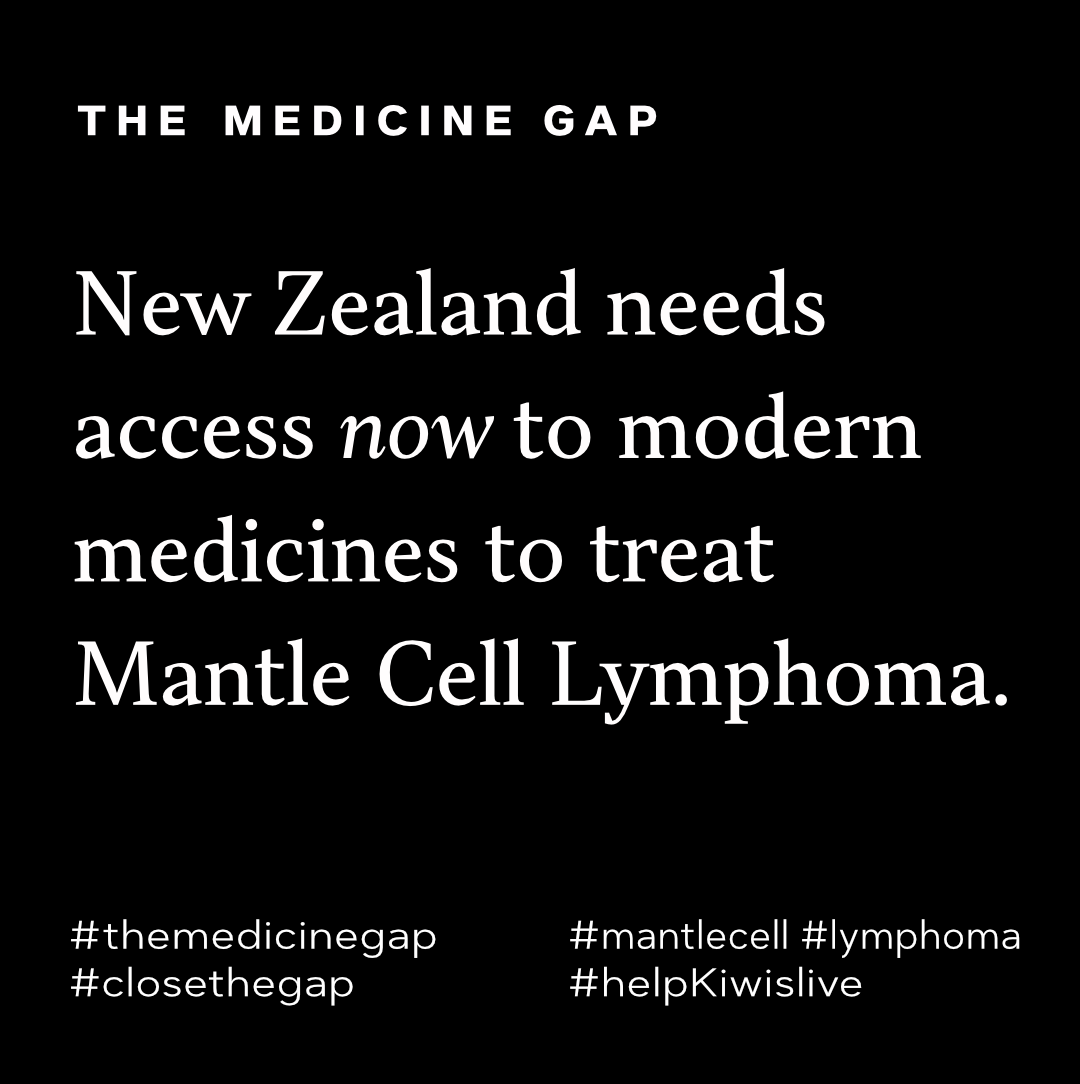
In the treatment of cancer, oncologists often refer to ‘lines of treatment’. The ‘lines’ mean the different approaches they use to treat the cancer at different times and stages of progression.
First Line Treatments can sometimes include more than one treatment. For example, it may involve surgery to remove a tumour or a mass, followed by chemotherapy or radiation, or sometimes both. The First Line Treatment is often the treatment which has the greatest benefits, and sometimes the fewest side effects too. It’s the very first treatment offered to the patient.
In the case of Mantle Cell Lymphoma, the First Line Treatment for James is intensive chemotherapy, followed by a stem cell transplant. His stem cells were removed because the chemotherapy is delivered at such a high dose, it could permanently damage or destroy his bone marrow stem cells. So, they take them out and they are reinfused or transplanted back into James once the chemotherapy is complete.

In many patients, this treatment can put cancer into remission for anywhere between 2-10 years, with some patients remaining cancer-free for even longer.
However, with Mantle Cell Lymphoma, it’s not a case of ‘if’ the cancer will come back, but ‘when’. It is incurable and when it relapses, an oncologist will look to a Second Line Treatment.
Second Line Treatments include targeted therapies such as Ibrutinib. This drug comes in the form of a pill and is one of several drugs collectively referred to as a ‘BTK Inhibitor’. It stops cancer cells from surviving and multiplying by ‘inhibiting’ or blocking abnormal signaling from the BTK protein. It stops the growth of cancer cells, and those that already exist can’t survive.

Ibrutinib is widely funded in the developed world because it is effective at putting a relapsed Mantle Cell Lymphoma patient back into remission, however patients typically build up a resistance to the treatment. This is why oncologists need multiple lines of treatment.
The Americans have approved three BTK Inhibitors for the treatment of Mantle Cell Lymphoma. In New Zealand, there are none.
CAR T-cell therapy is a new form of treatment being trialed by the Malaghan Institute in New Zealand. It’s proven successful with other forms of lymphoma and may, one day, be a form of treatment for Mantle Cell Lymphoma. In a laboratory, a patient’s immune cells (T-cells) are redirected to identify and attack cancer cells. Once back in a patient’s body, they act as a ‘living drug’ and provide long term protection against a relapse.

In the case of James, he is effectively playing a cat and mouse game with remission. Like many who suffer from cancer, he is buying time in the belief that medical science will continue to develop treatments that will preserve and extend life.

Show your support.
Please share Rachel’s perspective story.
New Zealand needs access now to modern medicines to treat Mantle Cell Lymphoma.


Other Voices
Let’s close the Gap
Get Involved1.
REFORM
PHARMAC
Achieve a measurable, political commitment to reform Pharmac and create a fit-for-purpose drug-buying agency that supports and enables greatly improved access to modern medicines – and ensure a direct line of political accountability.
2.
OVERHAUL THE FUNDING
METHODOLOGY
Introduce a globally accepted modern, cost-benefit analysis for medicines and medical devices which looks at the ‘value’ of a medicine, and considers the financial, economic, and social impact of untreated disease on our society.
3.
COMMIT TO AN OUTCOMES-BASED MEDICAL STRATEGY
Develop a Medicines Strategy to guide the decision-making process, create measurable targets to reduce Pharmac’s waiting list, and detail how the agency will respond to rapid developments in modern medicine to improve health outcomes for New Zealanders.